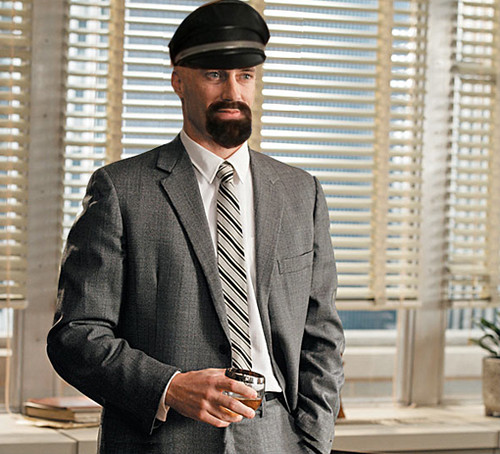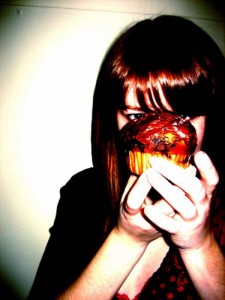American Woman: 4 Outfits Inspired by the Met Costume Exhibit

Ever year, the Metropolitan Museum of Art presents a special exhibition of their collections from the Costume Institute. They throw a huge gala each year and while only the rich and famous attend, the public still gets to check out these rare and beautiful collections. Past themes have included the sartorial stylings of superheroes, men in skirts, and supermodels. What sounds in theory like a fairly superficial exhibit, the clothing displayed goes far beyond a museum playing dress up. I recently got to check out their current exhibit, “American Woman: Fashioning a National Identity”, and found myself greatly inspired by this style time-line. The evolution of woman’s position in society can be directly traced through the changing styles of clothing. The exhibit traces the history of 7 distinct style archetypes: the Heiress, the Gibson Girl, the Bohemian, the Suffragist, the Patriot, the Flapper, and the Screen Siren. For a small exhibit they cover a lot of ground from the 1890’s to the 1940’s, some more fashionable than others. Sorry Suffragette, I love voting but wool ankle length skirts not so much. So for those of you who can’t make it to the Met in person, I’ve whipped up some historically themed ensembles using our favorite internet procrastination tool, Polyvore, inspired by this exhibit.
The Heiress
Believe it or not, there was a time when the most scandalous thing an heiress ever did was abstain from wearing gloves as opposed to abstaining from all forms of underwear. It was all about the details from the binding corsets, to beaded ballgowns. Their only influence was economic which they flaunted using clothing and other finery. They were the American equivalent of a princess. While wearing a ballgown might be overkill these days, a modern take on this look could involve anything lace or ladylike. And while corsets have come back in style, they’re now worn on the outside and don’t restrict your breathing pattern thankfully.
The Gibson Girl
While the Heiress used her wealth to expand her personal influence, the “Gibson Girl” used athletics to break societal boundaries. To cater to this new active lifestyle, clothing makers started adapting woman’s fashion to be more flexible. That meant looser corsets and masculine style shirts and waistcoats (no scandalous pants yet). The term came from the illustrator Charles Gibson, whose portrayal of slim, athletic, and refined women was used to sell all types of woman’s products. This is also where the top knot and hair piled on the head look came from that is so prevalent today. A modern take on this includes anything with an Annie Hall type flair or Waspy seaside look.
The Bohemian
While the Heiress had financial independence, and the Gibson girl had sports, the new Bohemians used the arts as a gateway to higher standing in society. While many of them were not artists themselves, they acted as patrons and muses to influential painters of the time. The French fashion designer, Paul Poiret was almost solely responsible for changing the silhouette of woman’s clothing as we know it today. Corsets were finally given the heave ho and the sheath dress and drop waists came into vogue. These seemingly “shapeless” styles gave women a modern androgynous look which was also popularized by Gabrielle Chanel. The patterns and colors used were just the beginning of what was soon to be the Art Deco Movement. This is one of my favorite time periods, and while I won’t be sporting a turban anytime soon, I admire those chosen few who can.
The Screen Siren
Skipping over some time periods to the more juicy parts, the Screen Siren display was by far the most flashiest. With modern cinema coming into its own, its rising stars brought some heavy sex appeal with skin tight satin and larger than life hair. Before there was Marilyn, there was Rita, Lena, and May. While the flapper icon before them was seen as wild but still a bit tomboy, the Screen Siren was all about showing off the curves, which is eventually what the Hollywood bombshell archetype is today. To achieve this look today, all you need is a little bit of red lipstick, an artfully draped dress and a whole lot of confidence.
For more inspirational images, check out the Met’s full Flicker feed here of the exhibit.












